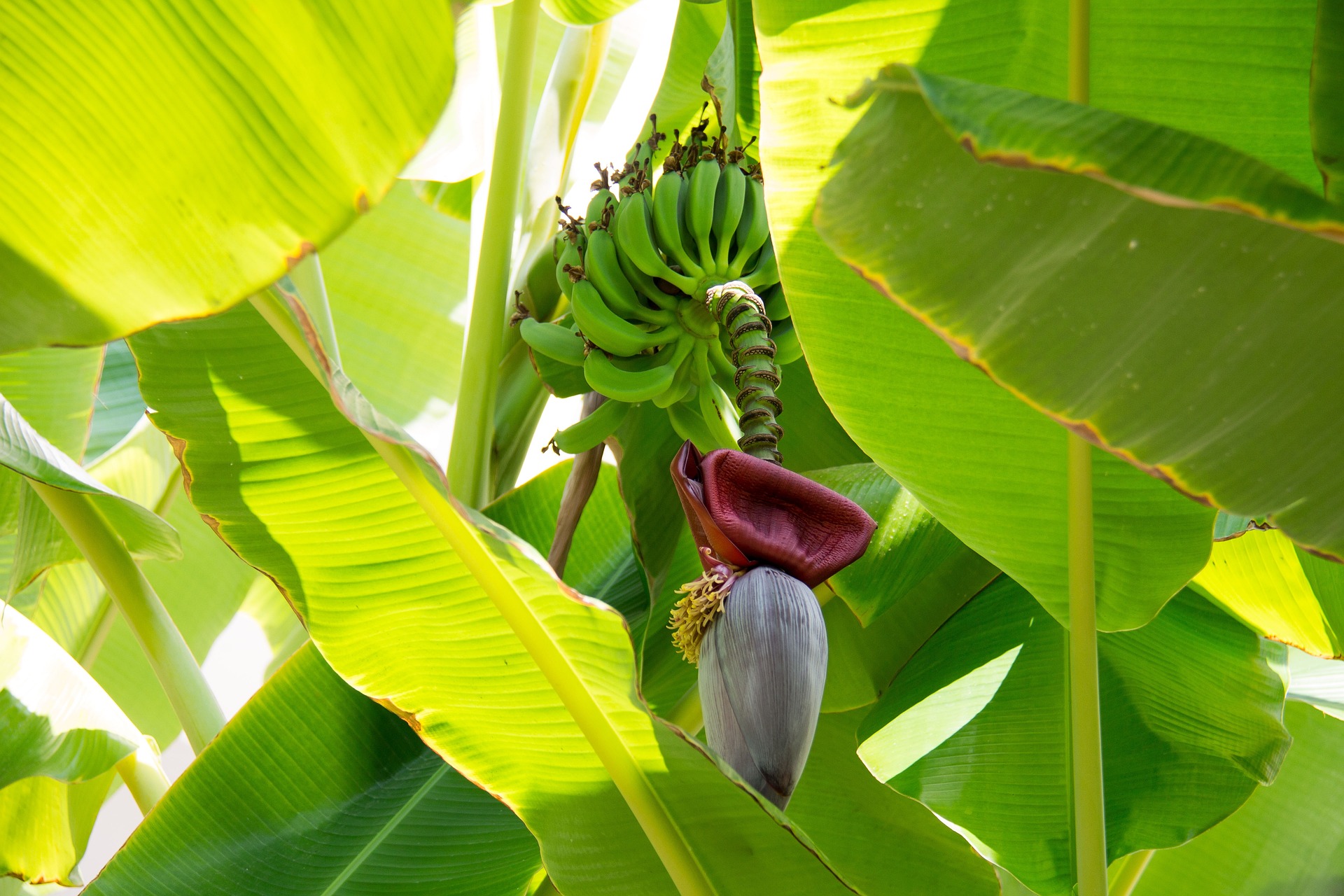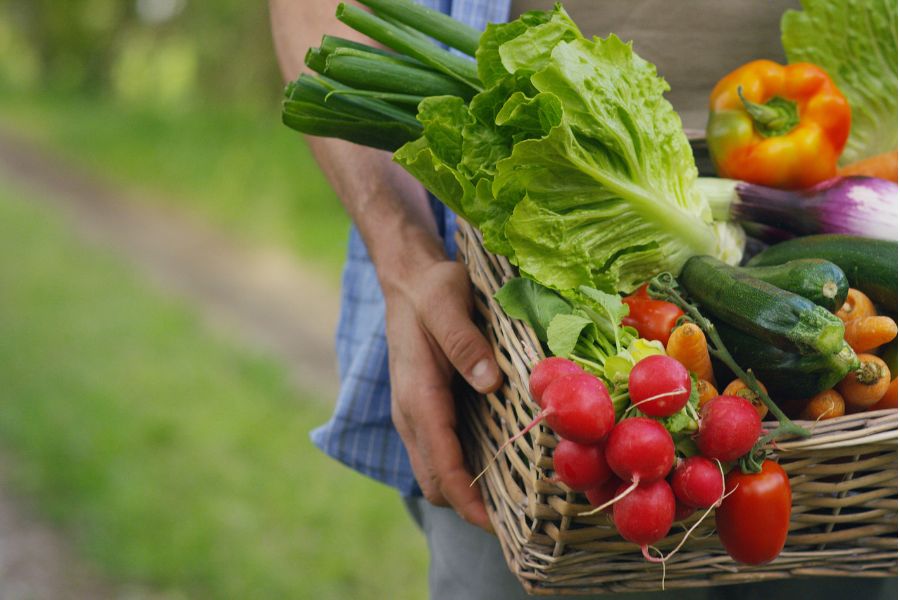Future of Indian agriculture is high-value-added agri-processing
The Minimum Support Price regime has made a positive impact on maintaining food security. As farmers are getting guaranteed prices for their corps, they are encouraged to increase food production of essential food items, easy buffer stock creations, ensure farmers income and their livelihood, sufficient food supply made bring price stability, domestic supplies of most agro-commodities are finely balanced etc.
India Business and Trade engages in conversation with Dr. Parashram Patil and explores the symbiotic relationship between agricultural value addition and MSP. Dr. Patil emphasizes the need for value addition to increase farmers’ profitability, reduce post-harvest losses, and promote exports. He also underscores the potential of the food processing industry in enhancing the value of agricultural produce and transforming the Indian agricultural landscape.

IBT: How does the government determine the MSP for different crops, and what factors are considered in this process? How does MSP impact the decisions of farmers regarding crop selection and planting?
Dr. Parashram Patil: In India, the Minimum Support Price (MSP) for selected crops is determined by the Commission for Agriculture Cost & Price Commission (CACP). The commission takes into account factors such as the cost of cultivation, changes in input prices, crop price parity, trends in market prices (domestic and global), demand and supply, effect on the cost of living, international price situation, inflation, environment (soil and water use), and terms of trade between agriculture and non-agriculture sectors.
It’s unfortunate that farmers often face low crop prices in years of bumper production, resulting in low income. However, MSP crops provide price support to farmers, mitigating the risk of receiving a low price. As a result, farmers tend to produce crops covered under MSP, such as millets, oilseeds, fruits, and vegetables. This has led to a distortion in cropping patterns, not only affecting food crops but also impacting the edible oil sector, forcing us to spend huge amounts on imports.
IBT: How has MSP helped in increasing crop production and ensuring food security? Can you please provide examples of success stories where MSP has positively impacted farmers’ livelihoods?
Dr. Parashram Patil: MSP made a positive impact on maintaining food security. As farmers are getting guaranteed prices for their corps, they are encouraged to increase food production of essential food items, easy buffer stock creations, ensure farmers income and their livelihood, sufficient food supply made bring price stability, domestic supplies of most agro-commodities are finely balanced etc. MSPs are not just numbers for the farmers, but much more connected to the livelihood and growth of the farmers. It seems that wheat farmers often export their produce to increase their earnings. In cases where the Minimum Support Price (MSP) is lower than international prices, farmers may opt to sell their products to government procurement agencies. This means that MSP has a notable impact on the livelihoods of wheat farmers. I would love to learn more about the possible drawbacks or challenges that are associated with the current MSP system.
IBT: What are some of the drawbacks/challenges associated with the current MSP system in India?
Dr. Parashram Patil: As per the Shanta Kumar Committee, 94% of farmers are not getting the benefits of the MSP system. Rice, cotton and wheat farmers are the maximum beneficiaries of the MSP system in India. The MSP-based procurement system is also dependent on middlemen, commission agents and APMC officials, which smaller farmers find difficult to get access to small farmers. MSP discourages farmers from growing other high-value crops and horticulture products, which have higher demand and subsequently could lead to an increase in farmers’ income. When examining the MSP system, there are two key concerns that must be addressed: excess storage and ecological sustainability. It’s important to note that the system may discourage crop diversification and may primarily benefit larger-scale farmers. Furthermore, the government’s stocks are currently almost double the amount required for buffer stock, PDS, and other government schemes like the Midday Meal Scheme.
IBT: What strategies can the government employ to ensure that the benefits of MSP reach small and marginal farmers effectively?
Dr. Parashram Patil: There are various strategies the government can take to ensure the application of MSP to small and marginal farmers. These are:
- The government should work on an effective mechanism of subsidies on input costs.
- Incentives to other crops which are desirable for nutritional security such as coarse cereals, pulses and edible oils. investing more in animal husbandry (including fisheries) and fruits and vegetables.
- The government shall incentivise the private sector to build efficient value chains based on a cluster approach.
- Effective implementations of MSP for all 23 crops.
- Changing the Pricing Mix, which, compensates farmers with cash transfers when the market price falls below MSP.
- Promote value addition of the MSP crops so that demand for the MSP crops in the market from the industry.
IBT: Some expert opinions suggest that adding value to agricultural products may be a better approach to making MSP more effective in addressing the issue of post-harvest losses and a lack of value addition in agriculture. What is your perspective in this regard?
Dr. Parashram Patil: There is a relationship between agricultural value addition and MSP. Value addition in agriculture is required to increase the profitability of the farmers, income of the farmers, safe, quality and branded food to the consumers, reduce post-harvest losses, reduction in imports and increase exports and encourage the growth of subsidiary industries. Value addition of the particular agricultural commodity would fetch a better price in the market, processed food would have a longer shelf life, increase bargaining power, multiple uses of the same commodity, address surplus production of the commodity, marketed both inside and outside the country. Value-added agriculture helps to increase the value of primary agricultural commodities through a particular production process. Thus, farmers can get better prices for the commodity since demand for the said commodity is higher in the processing industry, farmers don’t need to depend solely on MSP. India needs to develop a high-value-added processing ecosystem to minimize MSP challenges faced by farmers.
IBT: How can the Indian government and Industries facilitate value addition in agri-products to boost farmers’ income? Which crops are best for value addition, in your opinion?
Dr. Parashram Patil: The sector’s size is estimated to be around US$322 billion, and it is expected to reach US$543 billion by 2025, growing at a CAGR of 14.6%. I believe the future of the Indian agricultural economy is linked with high-value-added agri-processing. This sector faces various challenges such as inadequate infrastructure, storage and cold chain facilities, modern technology, credit availability and a fragmented supply chain. The government has taken various initiatives, such as the Pradhan Mantri Kisan Sampada Yojana, to promote the growth of the food processing industry in the country (Integrated Cold Chain and Value Addition Infrastructure, Creation/ Expansion of Food Processing and Preservation Capacities (Unit Scheme), Infrastructure for Agro-processing Clusters, Food Safety and Quality Assurance Infrastructure, Human Resources and Institutions –Research & Development, Operation Greens). The implementation of GST has also simplified the tax structure, making it easier for the food processing industry to operate in India.
There is scope for processing various agricultural commodities such as mango, grapes, onion, pomegranate, gherkin, groundnut, meat, rice, banana, potato, juices and concentrated, jaggery, cereal preparation, ready-to-eat products, poultry, dairy products, moringa, millet products, makhana, biscuits, wine, organic products, fisheries, spices.
IBT: How can the food processing industry help increase the value of agricultural produce and help farmers earn more?
Dr. Parashram Patil: The Indian government has been encouraging agricultural exports to meet an ambitious target of $60bn by 2022. The Ministry of Food Processing Industries shows that the contribution of agricultural and processed food products to India’s total exports is 11%. Primary processed agricultural commodities form the majority share. India’s export earnings will increase by focusing more on value-added processed food products rather than primary processed agricultural commodities (Siraj Hussain, 2021). From 2015-16 to 2019-20, the value of agricultural and processed food increased significantly from $17.8bn to $20.65bn. The Indian agricultural economy is shifting from primary to secondary agriculture where the focus is more on developing various processed foods.
The Indian food processing industry promises high economic growth and makes good profits. Food processing has the potential to enhance farmer’s income in India by adding significant value to agricultural produce. By engaging farmers in processing activities, providing better storage and transportation and creating market linkages, it is possible to generate avenues for enhancing income for the farmers. The Centre’s policy should be in the direction of nurturing food processing companies, ensuring low cost of production and global food quality standards, and creating a supportive environment to promote the export of processed food. Developed countries have fixed higher standards for the import of food items.
Reputed Indian brands should be encouraged to export processed foods globally as they can comply with the global standard of codex. Indian companies should focus on cost competitiveness, global food quality standards, and technology, and tap the global processed food export market. India has competitive advantages in various agricultural commodities which can be passed onto processed foods. It has the potential to become a global leader in the food processing sector.
Dr. Parashram Patil is an agricultural and natural resources economist. He is a well-known international expert in the field of agriculture and natural resource economics. He is a researcher, author, innovator, policy expert and entrepreneur.













Dr .Parasharam Patil your agricultural advice is always helpful to our nation.